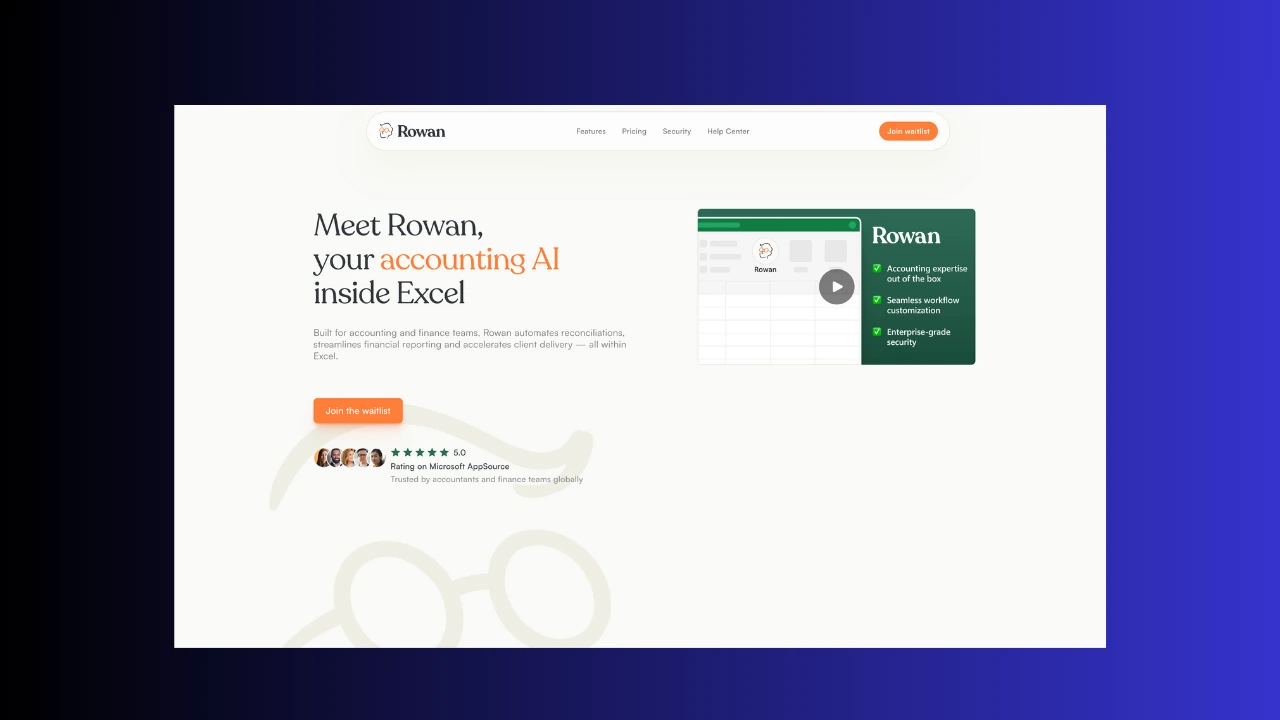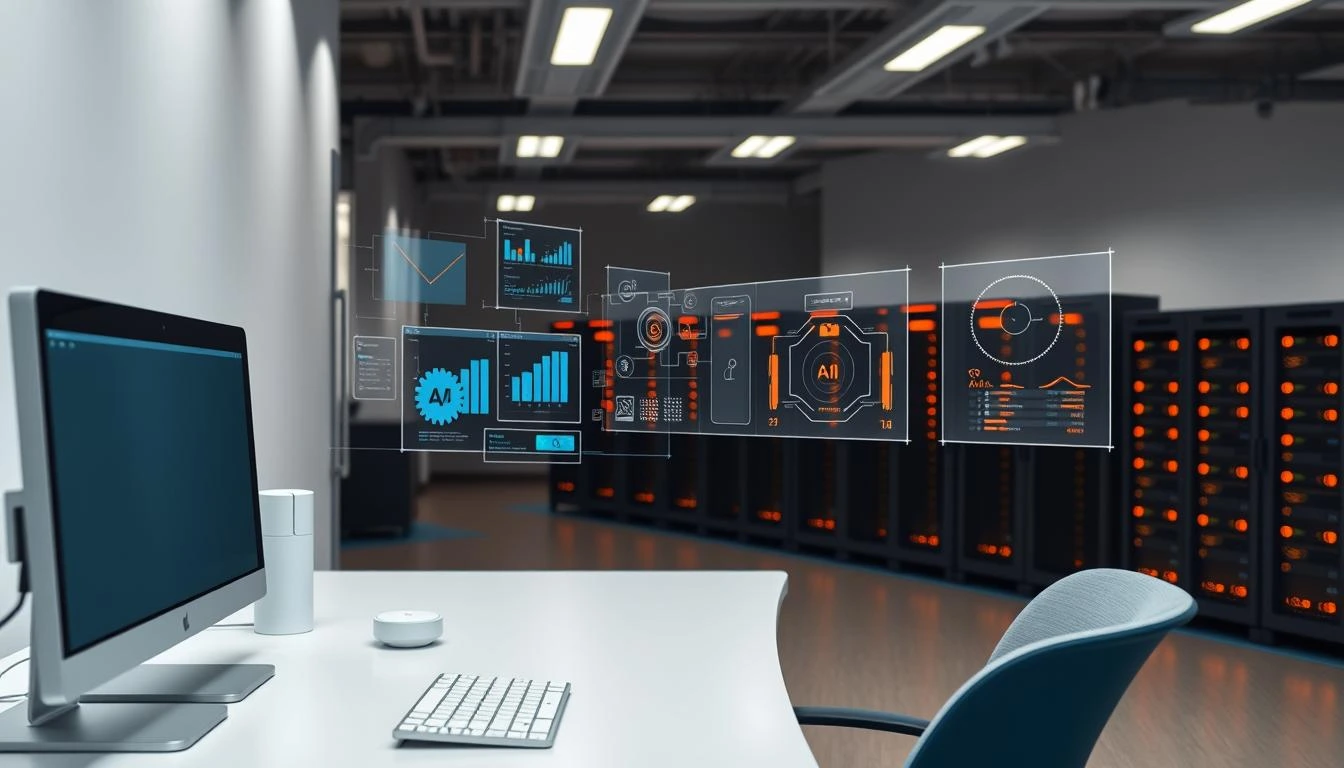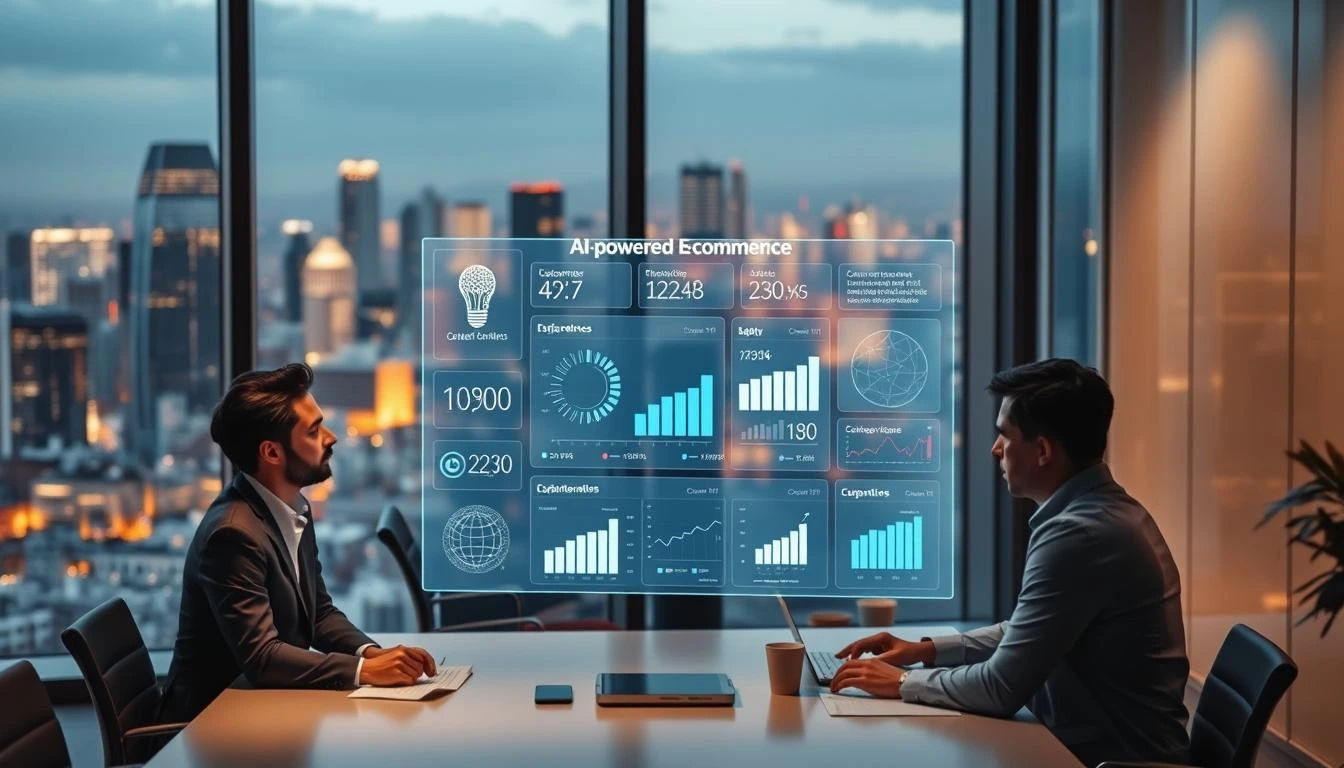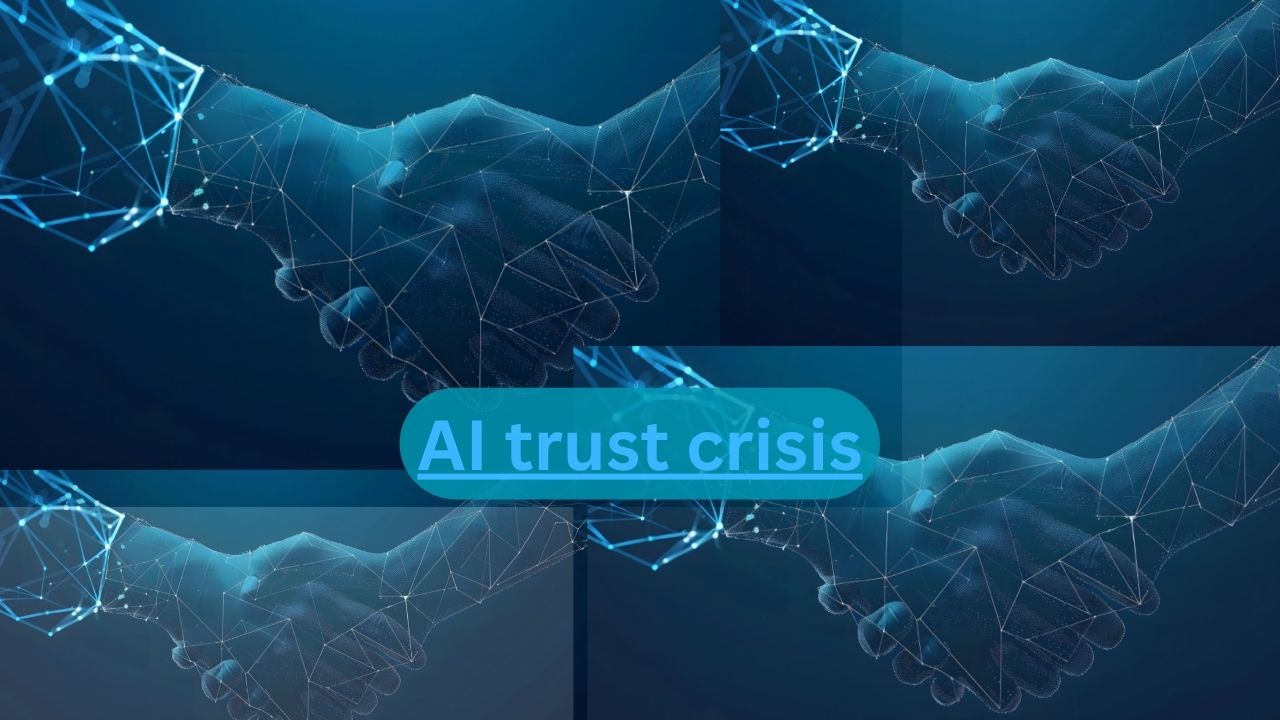Artificial Intelligence (AI) is no longer a futuristic concept; it is actively transforming industries in 2025. From automation to data analysis, AI tools are reshaping how businesses operate, innovate, and deliver value to their customers. As companies worldwide race to integrate AI into their processes, understanding its impact will be crucial for entrepreneurs, professionals, and organizations aiming for competitive advantage.
In this comprehensive guide, we’ll explore how AI is revolutionizing different industries, with real-world examples, current trends, challenges, and actionable insights. Whether you’re a tech enthusiast or a business executive, this article will provide valuable information on how AI can elevate your industry.
Table of Contents
- Introduction to AI in 2025
- The Impact of AI on Key Industries
- Healthcare
- Finance and Banking
- Retail and E-commerce
- Manufacturing
- Transportation and Logistics
- Media and Content Creation
- Education
- Benefits of AI Adoption
- Challenges and Ethical Considerations
- How to Implement AI in Your Business
- Future Trends of AI in Industry
- Conclusion

1. Introduction to AI in 2025
The development and integration of AI have accelerated exponentially over the past few years. In 2025, AI is embedded into nearly every business process, from customer service bots to complex predictive analytics.
Key AI Technologies Driving Change:
- Machine Learning (ML): Algorithms that improve through experience.
- Deep Learning: Neural networks that mimic the human brain’s functioning to solve complex tasks.
- Natural Language Processing (NLP): Enabling machines to understand and generate human language.
- Computer Vision: Allowing machines to interpret visual data—images, videos, and real-world environments.
- Robotics: Combining AI with physical robots for automation in factories, hospitals, and homes.
The Benefits of AI in 2025
- Enhanced productivity and efficiency
- Personalized customer experiences
- Data-driven decision making
- Automation of repetitive and hazardous tasks
- Cost savings and revenue growth
2. The Impact of AI on Key Industries
Healthcare: Improving Patient Outcomes and Streamlining Operations
Healthcare is one of the most impacted sectors by AI. Advanced AI tools are revolutionizing diagnostics, treatment plans, patient management, and drug discovery.
AI in Diagnostics:
AI-powered imaging systems, such as those using deep learning, analyze MRIs, X-rays, and CT scans with unprecedented accuracy. For example, Google’s DeepMind has developed algorithms that can detect over 50 eye diseases from retinal scans, often more accurately than human ophthalmologists.
Personalized Medicine:
AI models analyze genetic data to tailor treatments for individual patients—leading to more effective therapies for cancer, infectious diseases, and chronic illnesses.
Robotics & Automation in Surgery:
Robotic surgical systems guided by AI provide precision and minimally invasive procedures, reducing recovery times and improving outcomes.
Drug Discovery:
AI accelerates drug discovery by predicting how molecules will interact, dramatically reducing the time and costs associated with bringing new drugs to market.
Finance and Banking: Securing Assets and Enhancing Customer Service
The financial sector has seen tremendous AI adoption for risk assessment, fraud detection, and customer engagement.
Fraud Detection:
AI models analyze transaction patterns in real time, identifying anomalies indicative of fraud. Banks like HSBC and Citi use AI for anti-money laundering processes, reducing fraud losses.
Customer Support & Chatbots:
AI-powered chatbots provide 24/7 customer service, guiding users through account inquiries, loan applications, and troubleshooting. Examples include Bank of America’s Erica AI assistant, helping millions of users efficiently.
Algorithmic Trading:
AI-driven trading algorithms analyze vast datasets, market sentiment, and trends to execute trades at optimal times, sometimes with predictive capabilities beyond human analysts, leading to higher profits.
Credit Scoring & Risk Management:
AI models assess creditworthiness more accurately by considering a wider variety of data points than traditional methods.
Retail and E-commerce: Personalization & Operational Efficiency
The retail industry leverages AI to enhance customer experiences and optimize supply chains.
Personalized Recommendations:
Online giants like Amazon and Alibaba use AI algorithms to analyze browsing and purchase history, presenting highly relevant product suggestions. This personalization results in increased conversion rates and customer loyalty.
Inventory & Supply Chain Management:
AI forecasts demand and optimizes restocking, reducing excess inventory costs while preventing stockouts.
Dynamic Pricing:
Retailers adjust prices in real-time based on market conditions, competitor pricing, and consumer behavior, maximizing revenue.
Chatbots & Customer Support:
AI-powered chatbots handle common inquiries, freeing human agents for complex issues, providing seamless customer service.

Manufacturing: Smart Factories and Automation
Manufacturers are adopting AI-driven automation to increase efficiency, safety, and quality control.
Predictive Maintenance:
AI sensors monitor equipment health and predict failures before they occur. Companies like General Electric and Siemens utilize AI for maintenance, avoiding costly downtime.
Quality Control:
Computer vision systems identify defects in products at high speeds, ensuring quality standards are maintained without slowing production lines.
Automation with Robots:
AI-powered robots perform repetitive tasks, assembling products, packaging, and even performing delicate operations in environments unsafe for humans.
Supply Chain Optimization:
AI models optimize routing, inventory levels, and production schedules, reducing costs and delivery times.
Transportation and Logistics: The Rise of Autonomous Vehicles
The transportation industry is experiencing unprecedented change with AI.
Autonomous Vehicles:
Companies like Tesla and Waymo develop self-driving cars that use AI to interpret sensor data, navigate roads, and adapt to real-time conditions. Although fully autonomous trucks are still being tested, their potential to revolutionize freight logistics is immense.
Route Optimization & Delivery:
AI algorithms optimize last-mile delivery routes, saving time and fuel. Amazon Scout and FedEx’s AI systems improve delivery speed and efficiency.
Traffic Management:
AI systems analyze traffic patterns and control signals to reduce congestion and emissions in major cities.
Media and Content Creation: AI at the Creative Frontier
AI is redefining how content is generated and personalized.
Content Generation:
AI tools like Jasper and GPT-4 generate articles, marketing content, and social media posts. This reduces content creation costs and speeds up production.
Video & Image Creation:
Platforms like DALL-E and Midjourney generate images from text prompts, opening new possibilities in design, advertising, and entertainment.
Personalized Media:
Netflix, Spotify, and YouTube use AI algorithms to recommend videos, music, and podcasts based on user preferences, increasing engagement.
Deepfake & Visual Effects:
AI enables realistic deepfake videos and sophisticated visual effects, transforming film, gaming, and advertising industries.
Education: Personalized Learning and Administrative Automation
AI enriches the educational experience for students and automates administrative tasks.
Adaptive Learning Systems:
Platforms like DreamBox and Carnegie Learning adjust the curriculum based on student performance, making learning more effective.
Automated Grading & Feedback:
AI tools automatically grade assignments, providing instant feedback to students, thereby reducing educator workload.
Virtual Tutors:
AI-powered virtual assistants help students with questions and guide them through complex topics.
Administrative Automation:
AI streamlines tasks such as enrollment, scheduling, and record management, increasing operational efficiency.

3. Why Your Business Needs AI in 2025
The question isn’t whether to adopt AI but how to leverage it effectively. Here are some critical reasons to embrace AI today:
- Remain Competitive: Companies integrating AI outperform competitors by delivering better products and services.
- Enhance Customer Experience: AI enables personalized, seamless interactions.
- Improve Operational Efficiency: Automate routine tasks to focus on strategic initiatives.
- Gain Data Insights: Use AI analytics to understand customer behavior and market trends.
How to Start with AI Integration
- Identify Pain Points: What processes could benefit from automation or improved accuracy?
- Choose the Right AI Tools: Based on your industry and goals, select suitable AI solutions.
- Pilot & Measure: Start small, test, and measure ROI.
- Scale Up: Expand AI use as you gain experience and see results.
4. Challenges and Ethical Considerations
While AI offers enormous benefits, it also poses challenges:
- Data Privacy: Protect user data and ensure compliance with regulations.
- Bias & Fairness: Address biases in AI algorithms to prevent discrimination.
- Job Displacement: Prepare your workforce for changes and reskilling opportunities.
- Transparency: Maintain transparency about AI decision-making processes.
Implementing robust governance and ethical frameworks is crucial for responsible AI adoption.
5. Future Trends: What’s Next for AI in Industry?
Looking ahead, several emerging trends will shape AI’s role:
- AGI & Human-like AI: Development of AI systems with general intelligence.
- Edge AI: Running AI models on local devices for faster, more private processing.
- AI in IoT: Integrating AI with Internet of Things devices for smarter environments.
- Quantum AI: Leveraging quantum computing to solve complex problems faster.
Staying ahead requires continuous learning and adaptation.
6. Conclusion
In 2025, AI tools are no longer optional—they are essential for any business or organization aiming for growth and innovation. From automating routine tasks to delivering hyper-personalized experiences, AI is transforming industries in profound ways. Those who harness its power early will enjoy significant competitive advantages.
Start your AI journey today—embrace the future of industry!





